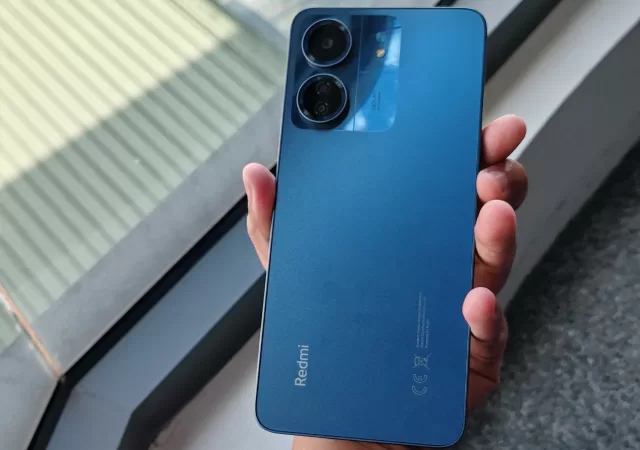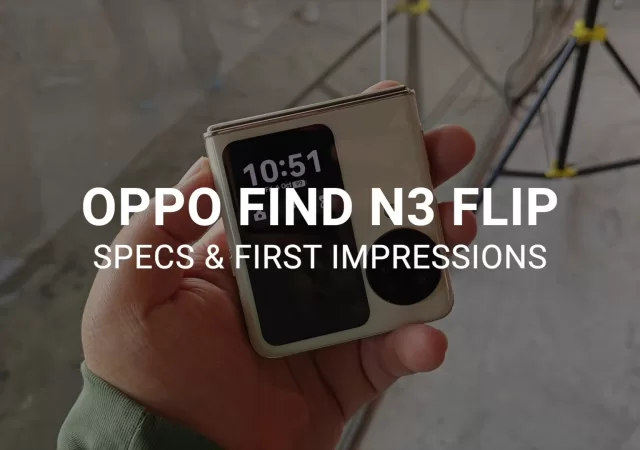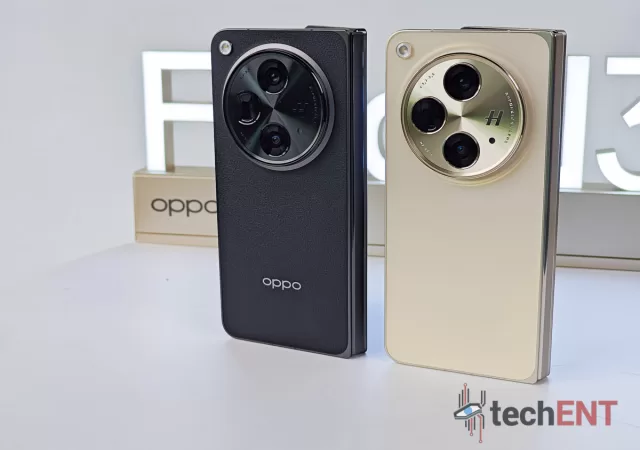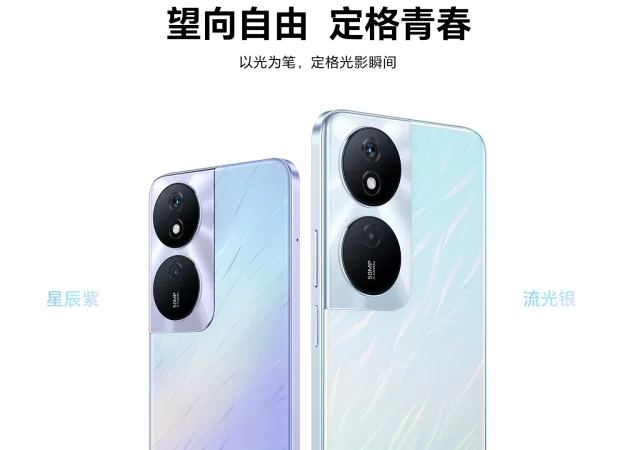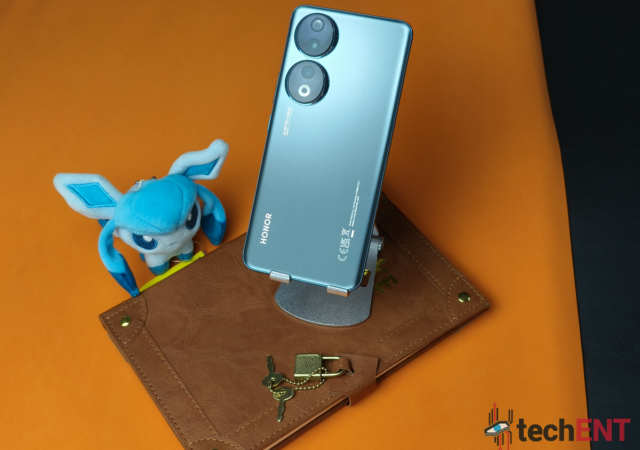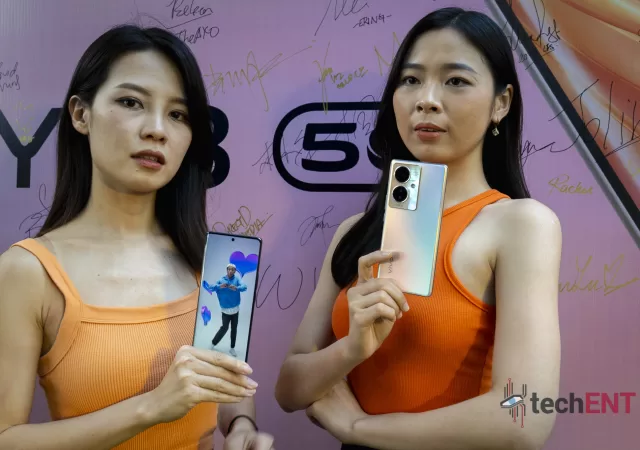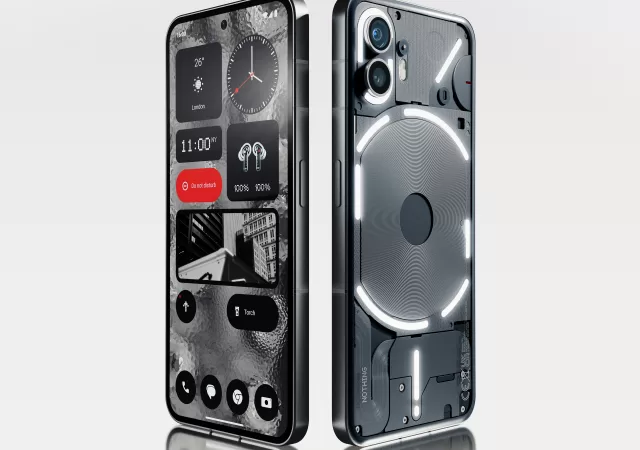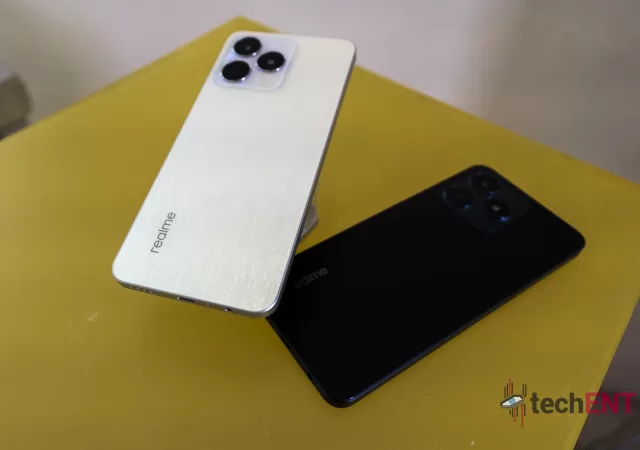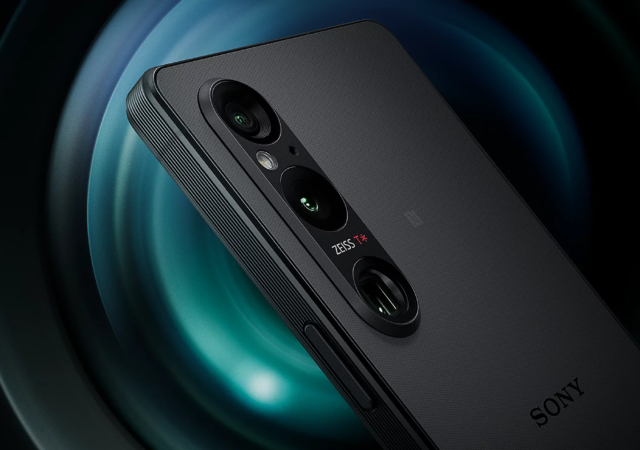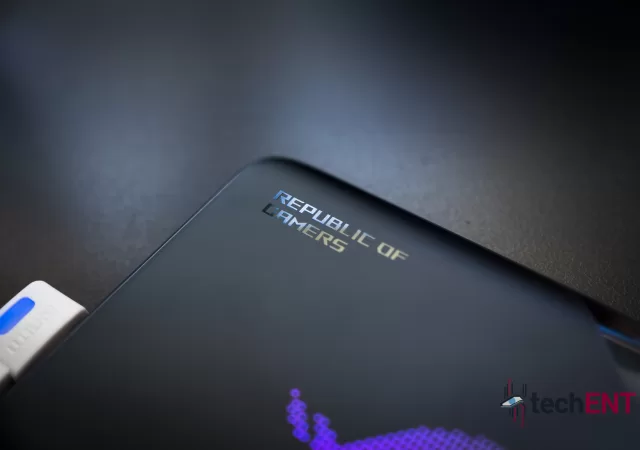Regarding phones, Xiaomi is never far behind in its release, be it their flagship series like the recently released Xiaomi 13T and Xiaomi 14T (China only). Xiaomi always has something that keeps their customers on their toes. This time around…
OPPO Find N3 Flip First Look & Specs Rundown
The OPPO N3 Flip is here and it’s ready to redefine flip phones with its triple-sensor camera and sleek design. Available in cream gold, mist pink, and astral black.
OPPO Unfolds a New Level of Productivity and Design with the Find N3
Discover a new multimedia experience with OPPO Find N3. Enjoy our 6.3-inch & 7.8-inch foldable displays, 120Hz refresh rate & 2,800 nits peak brightness, perfect for your photography and audio needs.
Honor Play 50 Plus Brings Affordable Performance in China
The new Honor Play 50 Plus brings affordable performance to the Chinese market packing a Dimensity 6020 octacore processor and up to 12GB of RAM with 256GB storage.
Honor 90 5G In-Depth Review: An Affordable Powerhouse
No one has a bigger bone to pick with the affordable segment than Honor. Where it was once an indelible mark is now an arena where it has to prove its prowess. The Honor 90 is another try to prove…
vivo Launches the Y78 5G in Malaysia for MYR 1,399 – Flagship Parts, Entry-Level Price
vivo launches their new budget champion, the Y78 5G smartphone at MYR 1,399 packing 64MP camera, 5,000mAh battery and 120Hz AMOLED display.
Nothing Phone (2) has Launched – All-Around Better
Nothing launches their new flagship, the Nothing Phone (2) with powerful flagship class hardware and new Glyph Notification LEDs.
realme Launches the New C53 with 33W Charging for Only MYR 599!
realme launches their budget entry-level smartphone, the realme C53 with 50MP camera and 33W charging at MYR 599.
The Sony Xperia 1V is Here – Mark V, Not Vee, Coming Soon for MYR 6,399 Onward
Sony introduces their latest Xperia 1V flagship with a new 48-Megapixel Exmor T for mobile camera sensor, available soon for MYR 6,399 onward
ASUS Launches the ROG Phone 7 in Malaysia Priced from MYR 3,599!
ASUS launches the ROG Phone 7 series in Malaysia packing a special Qualcomm Snapdragon 8 Gen 2 SoC for MYR 3,599 onward.



